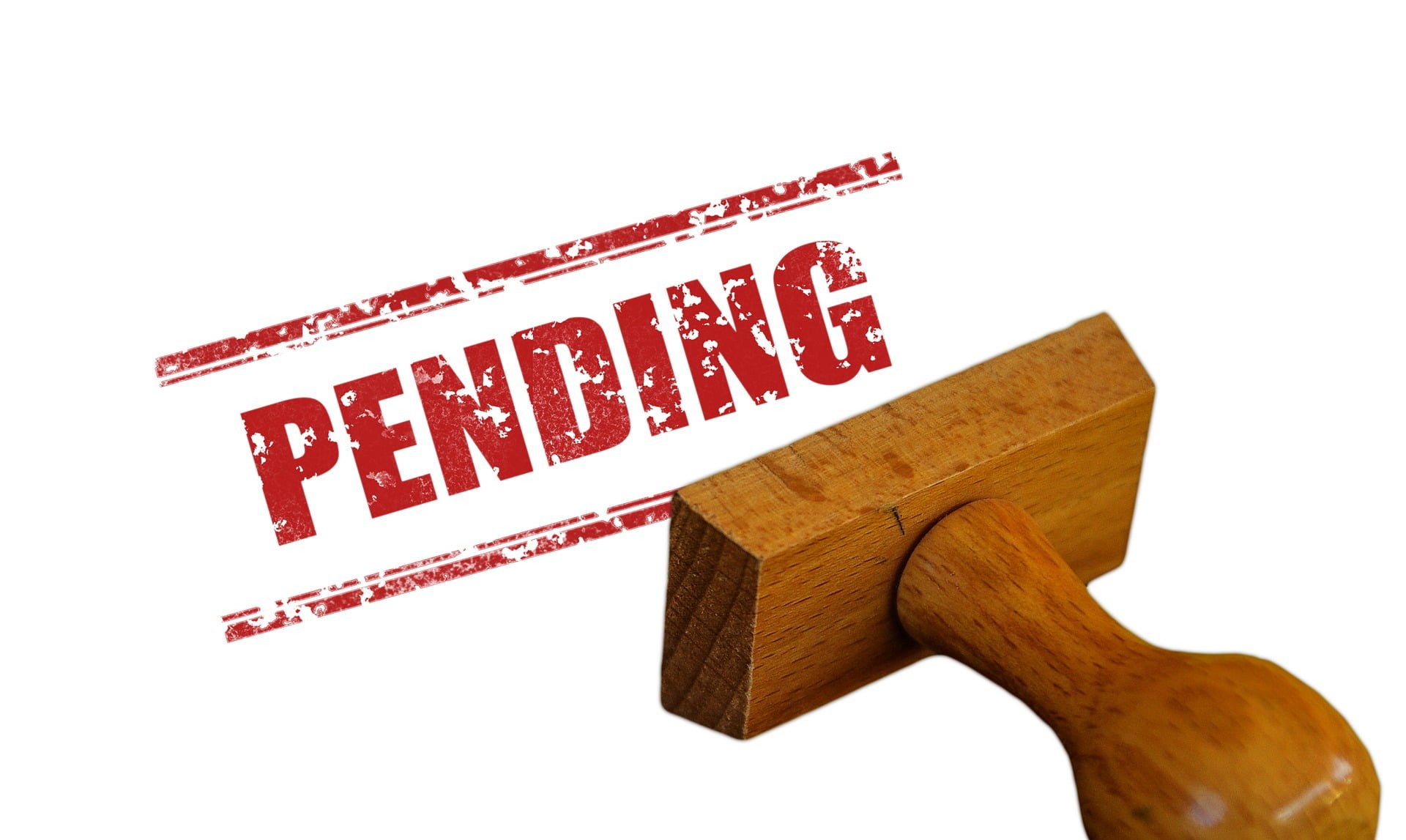The U.S. Citizenship and Immigration Services (USCIS) receives approximately six million applications for Green Cards every year and about one million people receive a Green Card each year. These applications may be filed for family reasons, employment motives, or other intentions, and they are all aimed to obtain the much-ambitioned Lawful Permanent Residence.
There are multiple ways to apply for a Green Card, and Consular Processing is one of them. This article will guide you from start to end to fully understand what Consular Processing is, who is it for, and which are the steps to be followed.
What is Consular Processing?
Lawful Permanent Residence (also called Green Card) can be obtained following two paths: Adjustment of Status (AOS) or Consular Processing. Adjustment of Status may be requested if the alien is already in the United States, with specific visas that allow the application for AOS (the so-called Dual Intent Visa). On the other side, Consular Processing is a suitable option for those individuals who can apply for a Green Card but are not in the United States. Therefore, the process will be held in a U.S. Consulate or in a U.S. Embassy and, after its approval, the alien can enter the United States as a lawful permanent resident.
AOS and Consular Processing have the same overall eligibility requirements but differ in timelines, application forms, supporting documents, and costs. If you want to find out more about Adjustment of Status, you can read this article.
Who should apply through consular processing?
To know if Consular Processing is suitable for you, you first have to determine your basis to immigrate and to be eligible for a Lawful Permanent Residence. There are three main categories you should take into consideration:
- You may consider a family-based (FB) application and process if you are the spouse, minor child, parent, or a close relative of a U.S. citizen or a permanent resident;
- You can consider an employment-based (EB) application and process in case you have an employer who agrees to sponsor you, or if you are able to demonstrate your high-qualified accomplishments and abilities;
- Finally, you may consider a humanitarian or other reasons application and process, whose requirements you may find here.
If you see yourself in one of the situations above mentioned, you may be eligible for a Green Card. Additionally, in the specific case of Consular Processing, you should not be in the United States during the application process, especially during its last phase, as you will be asked to go to a U.S. Consulate or Embassy to proceed with the application.
If you have a valid basis to immigrate and you are not in the U.S., check below the next steps to follow to obtain a Lawful Permanent Residence.
What are the steps for Consular Processing?
According to the United States Citizenship and Immigration Services (USCIS) guidelines, there are eight steps that will lead you to obtain a Lawful Permanent Residence:
1.Determine your basis to immigrate.
As mentioned above, in order to be eligible for Lawful Permanent Residence you must prove to have a valuable basis for immigrating to the U.S., whether it is family, employment, or any other recognized reason. This is a vital criterium to sustain your case.
2.File the immigrant petition.
According to the selected category, a petitioner (U.S. citizen or permanent resident) should send to the USCIS specific forms to state their intention to support the alien’s immigration process.
If you are intended to base your petition on family reasons, therefore a U.S. citizen or permanent resident relative should file a Form 1-130 Petition for Alien Relative to the USCIS for you. Alternatively, if you are in an employment-based category, the intending U.S. employer should file a Form I-140 Petition for an Alien Worker for you.
3.Wait for a decision on your petition.
As soon as the petition is approved, you can start the Consular Processing, which can be considered the second part of the Lawful Permanent Residence application process. As previously mentioned, this stage is completely held abroad.
If the USCIS denies the petition, you will receive a notice that will include the reasons for denying the petition and whether you may appeal the decision.
4.Wait for notification from the National Visa Center.
After the petition has been approved, the National Visa Center (NVC) will be responsible for collecting visa application fees and supporting documentation. It will also be in charge of transferring the file to the appropriate U.S. Consulate or Embassy, according to the preferences you expressed in the petition form. If your application is family-based, the NVC will send to your family member petitioner a bill for processing Form I-864 Affidavit of Support.
At this point, the NVC will also provide you with the Form DS-261 Online Choice of Address and Agent, through which the State Department delegates responsibility for overseas Consular Processing cases. After completing it, the Office will send you a bill for the immigrant visa processing fee.
5.Go to your appointment.
You will receive written notification of your interview date, and you will be asked to attend the appointment at a specific U.S. Consulate or Embassy. There, you will be interviewed by a Consular Officer to prove that the information provided by you and your petitioner is accurate and faithful. The exact process and needed documentation depend in part on the embassy; additional forms or documents may be required, as well as a medical, criminal, and financial examination to confirm your eligibility.
Do not expect to have an answer during or at the end of your interview. Eventually, you will be asked to return to the Consulate or Embassy to pick up your immigrant visa. Be aware that there is a time limit for you to use it to enter the United States and claim your Lawful Permanent Resident status.
6.Notify the National Visa Center of any changes.
You should always contact the NVC and notify the office if there is a change in your personal situation or if you change your address. Some frequent changes may include your child reaching the age of 21 or having a change in the marital status, as these may affect your eligibility or visa availability.
7.After your visa is granted.
If you are granted the immigrant visa, the Consular Office will send you a packet of information known as a Visa Packet, which has to be delivered unopened to the Customs and Border Protection Officer at the port of entry in the United States. You will also need to pay a USCIS Immigrant Fee to process your immigrant visa packet and produce your Green Card.
After you arrive in the United States, you will be inspected and the Officer will determine your admissibility as a Lawful Permanent Resident. From this moment, you are able to live and work in the United States permanently.
8.Receive your Green Card.
The USCIS will mail you your Green Card within three months of your arrival in the United States. You can apply for U.S. citizenship after five years of Lawful Permanent Residence (or three years if you are married to a U.S. citizen).
What if an application is rejected?

Unfortunately, Consular applicants cannot appeal denials through USCIS or the courts, which makes it hard to overturn the decision made by the Consular Officer.
In Consular Processing, it is vital to consistently prepare the case and the evidence to submit, following the strict guidelines applied by Consular Officers.
Conclusion
Obtaining a Lawful Permanent Residence in the United States is definitely a life-changing achievement that can improve your professional or personal everyday life. Data confirm that millions of people aspire to hold a Green Card in their hands, and only a limited percentage of them accomplish that dream.
Undeniably, Consular Process may be a complex challenge to face without professional and experienced help. Therefore, we kindly invite you to contact the PassRight team. We can help you to plan and gather the necessary documents and explain to you how to prepare the strongest application possible.
FAQs
How long is Consular Processing taking?
Consular Processing takes between 5 to 13 months on average, depending on your application category and your specific case. Please note that many U.S. Consulate experience significant delays in visa processing due to COVID-19 backlogs.How much does Consular Process cost?
Consular processing fees vary depending on the category of your application (family-based, employment-based, or other). For family-based Green Cards, the average total is $860. For employment-based Green Cards, the fees are slightly higher, with an average total of $1,045. Consider that you will have extra expenses, such as medical examination or police certificates if needed.How can I check the status of my application?
You can consult the USCIS website to check updates on your Green Card application, by entering your case number. Once the application is handled by the Consulate or the Embassy, you can check your case status on the Consular Electronic Application Center website.Does the U.S. Consulate or Embassy be in my country of nationality?
It may be, but it is not a requirement. Usually, the designated Consulate or Embassy is in the beneficiary’s last place of residence abroad.









